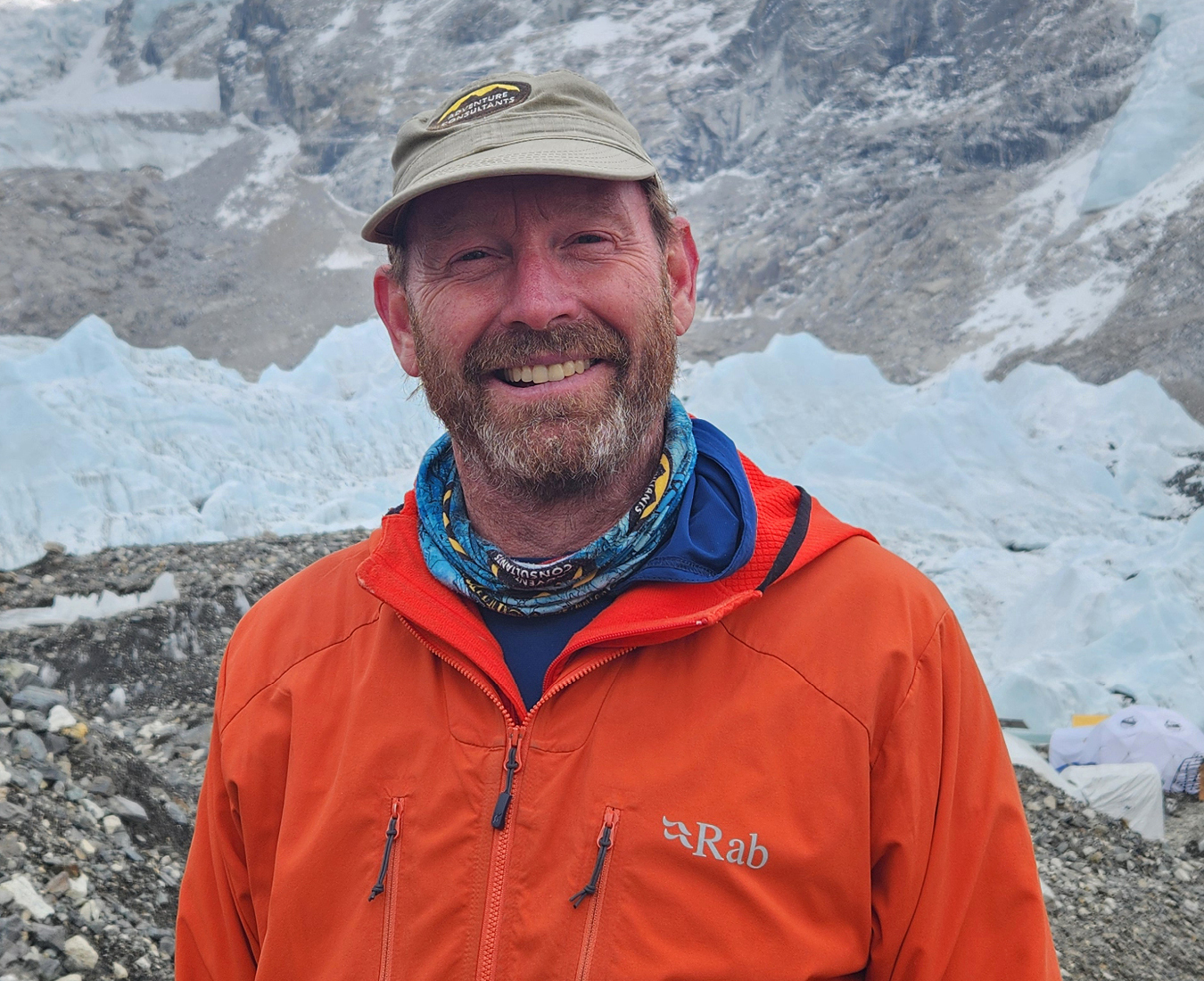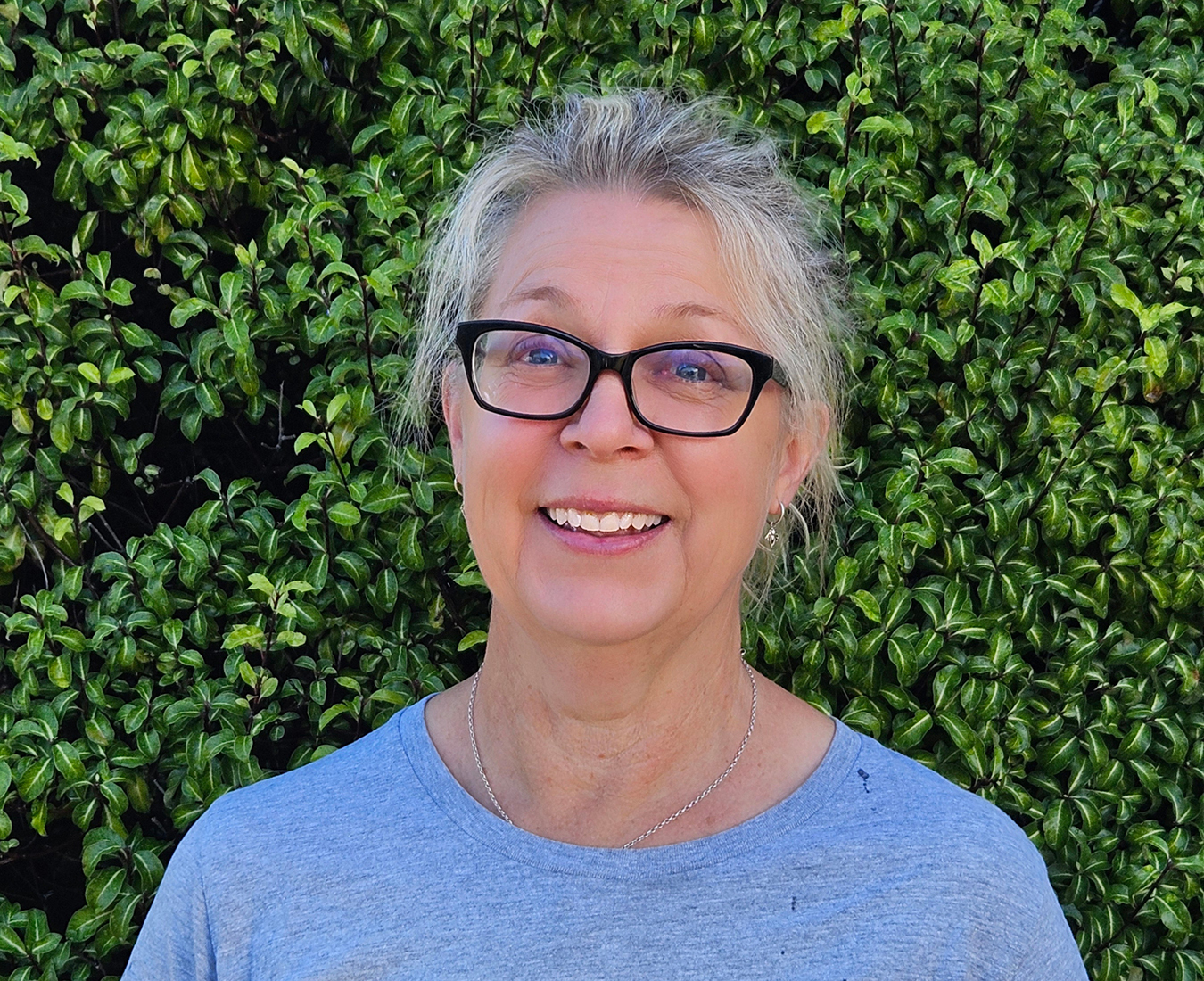The trek to Everest Base Camp is challenging and you MUST train for several months before departure to make your trip as enjoyable as possible. Training should include regular walking on hills, in combination with swimming, light running or biking and gym work to develop strength. We recommend the Everest Base Camp Training plan from Uphill Athlete.
The trek to Everest Base Camp is among the most dramatic and picturesque in the Himalaya. The scenery is varied and spectacular, the lodgings and tracks are of a very high standard, and the interaction with the local Sherpa people is truly memorable.
Our pre-monsoon treks are unique in that we have the privilege of staying overnight at Base Camp. Our days spent exploring Base Camp give us an appreciation of the inner workings of expedition life, while our post-monsoon departure enjoys the clear skies and pristine views of the autumnal trails. Those joining our April 8 departure have the added experience of trekking alongside our Everest climbing expedition members enroute to Base Camp. We have specially developed the itinerary to combine a mix of fascinating cultural highlights into the journey. Initially you can enjoy the diversity of Kathmandu by visiting ancient temples that remain the spiritual focus for the Nepalese people. An experience not to be missed is the colour and bustle of the Thamel district, famous for its shopping and restaurants.
The trekking route ascends the Khumbu Valley on well-formed trails that provide foot access between villages for the Sherpa people. With many of the world's highest mountains to admire and all the varied and interesting people to see and meet, there is always plenty to see and assimilate along the way. Every day has the ability to astound you with new and interesting experiences!
- Discover the majestic Khumbu
- Stay in Sherpa homes and lodges
- Climb Kala Patar with dramatic views of Everest
- Pre-monsoon trips overnight at the AC Everest Base Camp
Trek Level
Trek Level
Intermediate
Elevation
Elevation
5,554m/18,222ft
Duration
Duration
18 days
Location
Location
Nepal
Arrive in Kathmandu, team briefing
Gear checks and sightseeing
Fly to Lukla 2,860m/9,383ft and trek to Phakding 2,610m/8,563ft
Trek to Namche Bazaar 3,440m/11,286ft
Rest day and sightseeing
Namche Bazaar to Tengboche 3,970m/12,696ft
Tengboche to Pheriche 4,270m/14,009ft or Dingboche 4,410m/14,469
Rest day in Pheriche or Dingboche, morning hike
Pheriche or Dingboche to Lobuche 4,940m/16,207ft
Rest day in Louche, morning hike
Trek to Everest Base Camp, overnight at AC Everest Base Camp 5,300m/17,400ft
Base Camp to Gorak Shep Camp in the afternoon 5,165m/16,950ft
Gorak Shep Camp to Kala Patar 5,550m/18,209ft, descend to Pheriche or Dingboche
Trek to Namche Bazaar
Trek to Lukla
Spare day for weather delays
Fly Lukla to Kathmandu
Depart from Kathmandu

Departures and Pricing
| Start/End | Departing from | Quantity | Pricing | Notes | Book |
|---|---|---|---|---|---|
| 18 Apr - 5 May 2024 | Kathmandu, Nepal | Available | $6,000 USD $ | Book Now | |
| 3 Oct - 20 Oct 2024 | Kathmandu, Nepal | Available | $5,700 USD $ | Book Now | |
| 30 Mar - 16 Apr 2025 | Kathmandu, Nepal | Available | $6,000 USD $ | Book Now | |
| 8 Apr - 25 Apr 2025 | Kathmandu, Nepal | Available | $6,000 USD $ | Book Now |
Looking for a specific date? Book a private trek
PREPARE
You must be well-balanced and confident when hiking variable, uneven terrain to achieve this trek.
No prior altitude experience required.

Because we want you to remember this trek for being so much more than just a hike, we at Adventure Consultants have taken enormous pleasure in planning a fusion of all the best components that we know make this a truly memorable experience.
We are renowned for our quality of service and the strategy applied to our treks. Our reputation is attributed to meticulous planning and experienced logistics coordination. We have a philosophy of investing in every trip to offer our trekkers the best possible experience.
We employ strong and specialised trek leaders and Sherpa staff, who are some of the most pre-eminent in the industry. We pride ourselves on operating with small teams and the best back-up and support available. This includes nutritious and ample quantities of food, comfortable base camp facilities, reliable communications systems and the necessary medical back up. Our staff are the most affable Western or Sherpa guides working in conjunction with our excellent cooking teams, to promise you the experience of a lifetime!
Many of our team members come to us because they have seen us in action on a previous trip and decide to opt for our level of service and proven experience. Others return because they know we do our very best to make our trips safe and successful.

The price of your trek includes the following:
- Qualified and experienced trek leaders
- Helicopter flights Kathmandu-Lukla and return
- High end lodging
- Overnight at Everest Base Camp (pre-monsoon)
- Small groups
- Comprehensive pre-trip support from our New Zealand office













